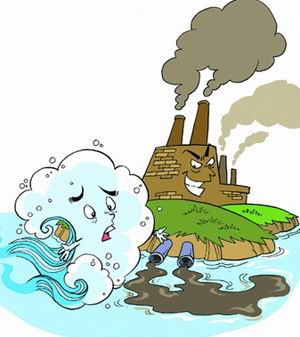Octane Discussion
In a Slate.com article, the Green Lantern asks "Is high octane gas bad for the environment?" I sum up the Green Lantern's thoughts on the subject thusly, sans science:
If you drive a car whose manual directs you to use only high-octane gas (93 octane), you should.
Everyone else, should not. Why? Because it won't do you any good, it won't get you any more MPGs and in fact, it could seriously harm your vehicle's engine. Which in turn, can seriously harm your mental state and do terrible things to the state of your bank account in costly auto repairs. In addition, ultimately it's bad for the environment: "Ten percent of the energy a car uses in its lifetime is expended during its production, so the greenest decision is often the one that keeps your vehicle on the road for as long as possible."
So in that regard, Hondas and Toyotas, what with their great gas mileages and practically infinite life spans, might be the greenest options on the road today. So why are they too opposed to upping the federal mandate on higher gas mileage requirements? They're already there!?
It's because the auto manufacturers are influenced by the oil guys. Without asking anyone for their secret formula, we'll agree that it's safe to assume that it takes more energy to produce higher octane fuel than regular octane fuel. The Green Lantern surmises that if every oil company lowered its highest octane ratings from 93 to 92 octane, the nation's gasoline efficiency could be improved by up to 2%, or 182,000 additional barrels of gasoline a day. "Over a full year, the reduction would save us about 143.1 million barrels of oil annually—enough to satisfy our national oil demand for about seven days."
143.1 million barrels of fuel sounds like a lot, but it will only fuel our country for seven days. Since oil companies make a ton of money convincing people to spend more on fuel and then to spend even more on more expensive fuel, it's up to the consumer to be as well informed as possible, and try to make smarter choices. We the consumer need to see through the hype and make sure we're spending our money the way we want to spend it and not on industry hype.
Which brings me to my current dilemma. After the dysfunctional love/hate/more hate relationship that was the LR Freelander (talk about your unhappy engines), I too wondered "To octane or not to octane, that is the question" when considering buying a new vehicle. E and I shopped, but even in this great country of choices on top of choices, there is little that's truly appealing in the area of small-SUV/ light truck with decent gas mileage. In fact, we had almost convinced ourselves that the Ford Escape was a viable option because it was a hybrid. However, in light of our most recent car woes (involving the aforementioned Freelander and a 3000-mile, silent white-knuckled race across the country against a leaking transmission) all American-manufactured vehicles were derisively laughed at, and crossed off the list. We looked some more, and came across the FJ Cruiser by Toyota. Off-beat, SUV-like, with a large space in the back for the dogs, it wasn't my favorite, but by golly, it was a reliable make and it would certainly suit our needs.
Then, the catch: 93-octane mandatory!
Our mutual response was at once both plaintive and furious: Oh HELL no! We'd both walk before any car company could convince us to commit to high-octane fuel for the next 60 months.
As a result, now I drive a Santa Fe by Hyundai. With its 25 MPG, regular octane fuel and 100,000 mile bumper to bumper warranty, this is exactly the vehicle we needed to help us recover from the emotional abuse of the Freelander. The Santa Fe is a nice little car and, at times, I feel wholly undeserving of such a sweet natured, simple vehicle. (I hear this happens to abused folks sometimes, the internal guilt that stems from a happier life circumstance.) All the Santa Fe wants to do is get me from point A to B without drama, fuss, or emitting smoke from under the hood. And yet, I find myself occasionally wishing that it was a little flashier, a little hotter, a little greener even! Alas, sometimes you give up style points to stay true to yourself and to make the bigger point. The point being "Screw you Toyota and your 93-octane snobbiness!" Maybe my next car will be a hybrid. Sigh.
Labels: automobile, environment, high octane fuel











